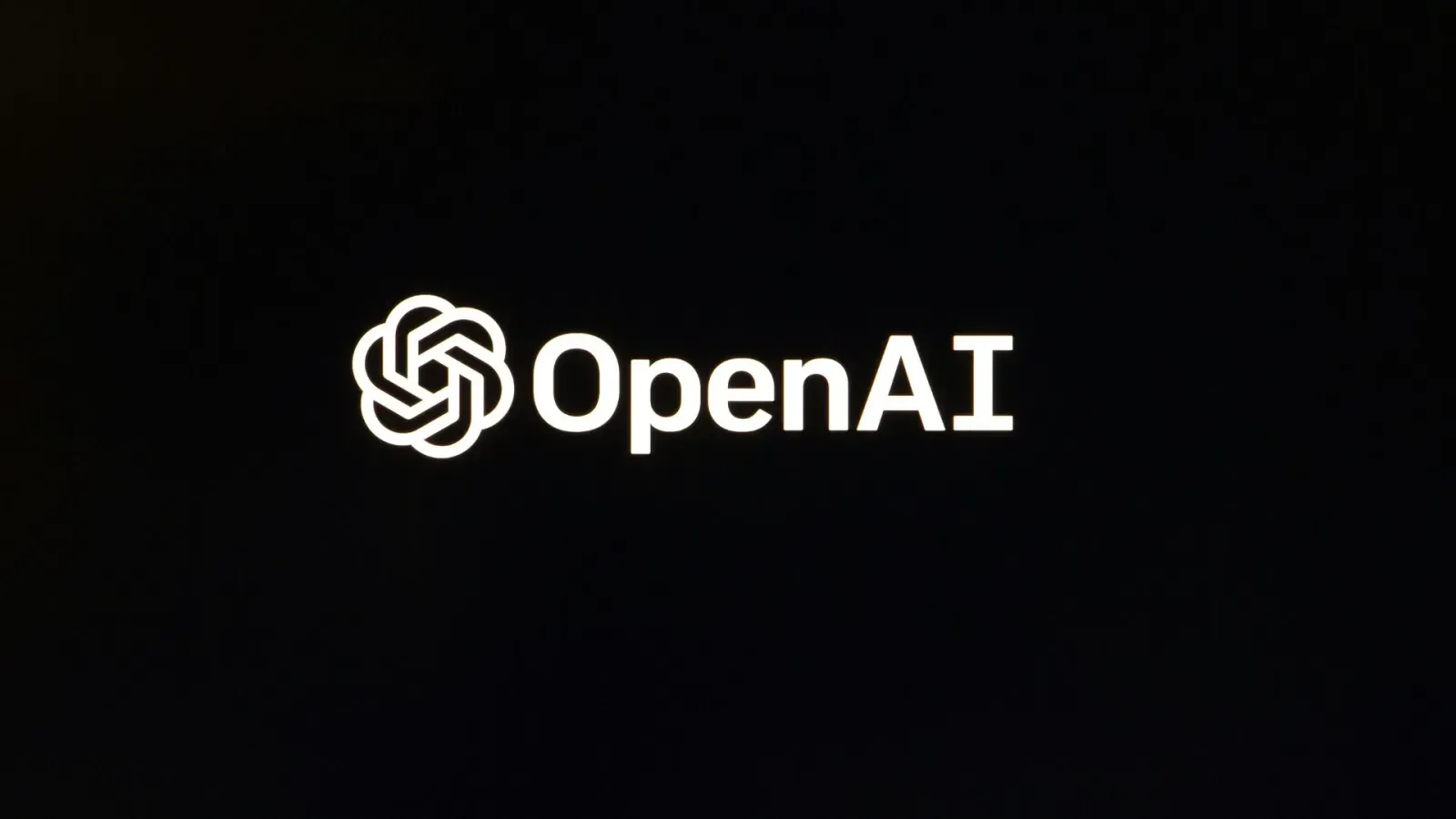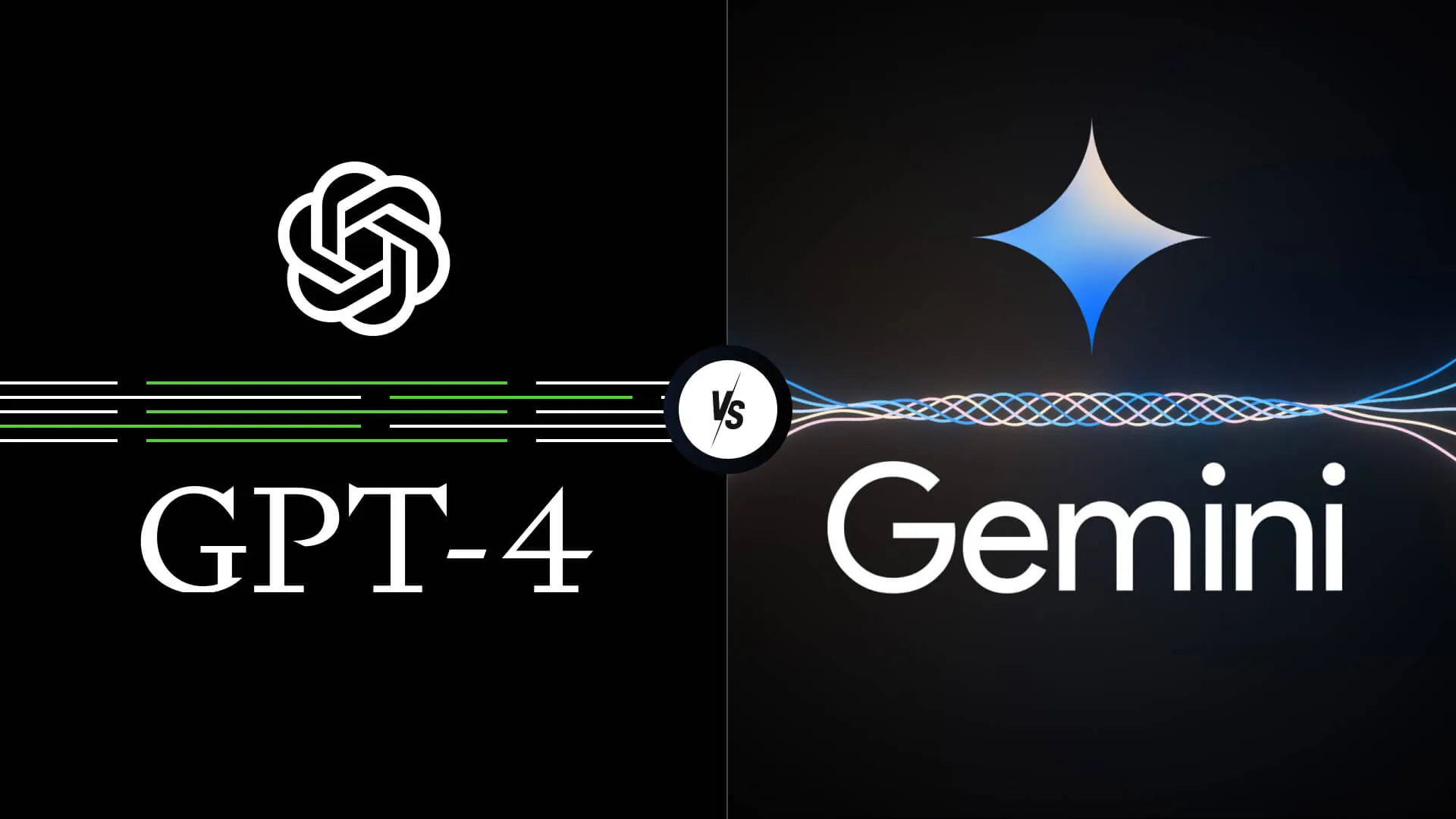In a move to sharpen its competitive edge against major rivals like Google, OpenAI has launched a new feature called Flex processing, aimed at significantly reducing the cost of running AI models for certain non-production tasks. This move comes as the battle for dominance in the AI space heats up, with companies like Google releasing more cost-effective, high-performance models.

Flex processing provides users with a lower-cost API option for tasks that don’t require immediate, real-time results. These tasks include model evaluations, data enrichment, and asynchronous workloads. OpenAI’s strategy is clear: provide an affordable, scalable solution for businesses and developers that can handle slower processing times in exchange for a much lower price point.
Flex Processing: The New Cost-Effective Option for Lower-Priority AI Tasks
Available in beta for OpenAI’s o3 and o4-mini reasoning models, Flex processing aims to make AI usage more accessible for those who can afford a slower response time. By offering this budget-friendly alternative, OpenAI hopes to attract more developers who need to run non-urgent AI tasks without breaking the bank.
For example, the o3 model now costs just $5 per million input tokens (approximately 750,000 words) and $20 per million output tokens. This is half the cost of the standard pricing, which is typically $10 per million input tokens and $40 per million output tokens. Similarly, the o4-mini model, which offers a more budget-oriented pricing tier, is now priced at just $0.55 per million input tokens and $2.20 per million output tokens, down from $1.10 and $4.40, respectively.
These drastic price cuts are part of OpenAI’s efforts to make its models more accessible, especially as the cost of advanced AI continues to rise.
OpenAI Flex Processing Competes with Google’s New Gemini 2.5 Flash
The timing of Flex processing’s launch couldn’t be more strategic. Recently, Google rolled out Gemini 2.5 Flash, a reasoning model that competes directly with OpenAI’s offerings. Gemini 2.5 Flash promises to deliver similar or superior performance to OpenAI’s DeepSeek’s R1, but at a significantly lower cost per input token. With the increasing price of frontier AI models, companies are scrambling to find more affordable options that still deliver high performance.

This fierce competition has driven OpenAI to adapt quickly and offer pricing solutions like Flex processing to attract more users and developers. The aim is clear: to provide more value without compromising on performance, especially for use cases that don’t require lightning-fast results.
ID Verification Required for Access to OpenAI’s O3 Model
Alongside the launch of Flex processing, OpenAI is introducing an additional layer of security for its o3 model. Developers in tiers 1-3 of OpenAI’s usage hierarchy will now be required to complete an ID verification process before they can access the model. This verification is part of OpenAI’s broader efforts to prevent abuse of its services and ensure that all users adhere to its usage policies.
The tier system is based on the amount of money developers spend on OpenAI’s services, and the introduction of ID verification aims to limit access to higher-tier models, like o3, to legitimate users only. This move is also designed to ensure that developers use OpenAI’s services in line with the company’s guidelines and to avoid bad actors violating its usage policies.
Lower Costs, Higher Flexibility: OpenAI’s Strategy for the Future
Flex processing is more than just a cost-saving initiative—it’s also about providing flexibility. By reducing the cost of processing and allowing for slower response times, OpenAI is offering a powerful tool for developers who can plan their workloads around non-urgent tasks. Whether it’s conducting deep research, enriching data, or working on less time-sensitive applications, Flex processing offers a robust, affordable solution for businesses and developers.

In a rapidly growing industry where the demand for AI processing power is surging, offering flexible pricing models like Flex could help OpenAI solidify its place as a leader in the AI space. With competitors like Google pushing for more affordable solutions, OpenAI’s decision to offer Flex processing shows that the company is willing to evolve quickly to meet the needs of its customers and maintain a competitive edge.










